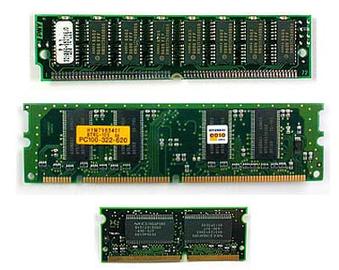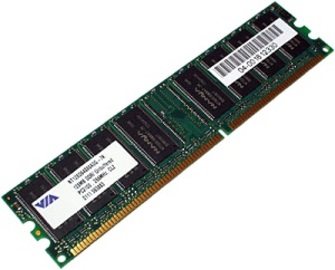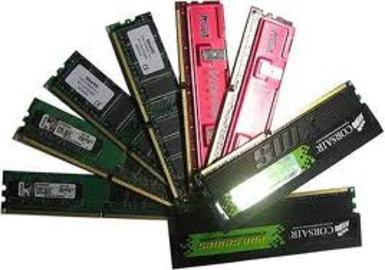Introduction

SDRAM (Synchronous Dynamic Random Access Memory) and DRAM (Dynamic Random Access Memory) both are used in the computers for storing data. Both memories are well known integrated circuits in the field of computers. But there are some differences between SDRAM and DDR. SDRAM was first time introduced in the year of 1996.
Differences

SDRAM is an enhanced version of DRAM because it rotates data among two collection of memory. So in this way processor can easily access memory for performing task without any delay. It provides you two sets of memory so in case if one set of memory gets down another will be available to processor for reading and writing data depending on your request.
SDRAM is called as synchronous RAM because memory of SDRAM is totally synchronized with the speed of system’s clock. It has an asynchronous interface that helps SDRAM to synchronize with the processor’s bus. Speed of SDRAM synchronized with the bus speed of CPU. Speed of SDRAM and DDR memory is easy to compare with the speed of bus because speed of both of them can only be measured in HERTZ not in nanoseconds.
DRAM is used to generate an efficient response to user’s input. It also had an interface which is asynchronous that is used to control inputs. Asynchronous interface also helps DRAM to synchronize with the processor’s bus. It does not make any response till system’s clock generates any signal. Asynchronous interface helps processor to makes less complex pattern of operations.
Features

DRAM is not used to stored data for permanent use, it is only built for temporarily data storing. It consists of multiple cells which are commonly known as a bit. Values of cells are depending upon the machine language that is in the form of 0’s and 1’s. 0’s values of machine mean it is on an inactive state and 1’s values refer to as an active state of machine. DRAM is provides faster efficiency for storing data over SDRAM
SDRAM commonly refers as synchronous DRAM, which was known as first generation. DRAM is much slower than DDR first generation as DRAM only transfers data consisting of one word. DDR is actually known as second generation or updated version of DRAM. DDR provides more efficiency to processor for performing tasks.
DDR designed to transfer (read or write) data of consisting two words with respect to clock cycles. DDR transfer data on both of the failing and raising edges of clock cycle. DDR is the oldest memory chip that is still in used for data storing. DDR is also known as DDR1, after the launched and success of DDR1 it started evolving and its updated version gets released which were named as DDR2 and DDR3.
Tips
DDR2 is commonly used in the modern systems such as notebooks for the purpose of data storing. DDR2 is more efficient then DDR1. DDR3 is the new version of DDR that is faster than DDR1 and DDR2. DDR provides more fast and efficient memory to store data than SDRAM. So if you are planning to upgrade you system then go for the one that supports latest DDR RAM.
Comments
Most Recent Articles
-
How To Find Out the Ddr Memory
It is important to know the type of DDR RAM memory that is contained inside a computer. DDR RAM stands for double data rate random-access memory. DDR RAM are the memory modules that help to ...